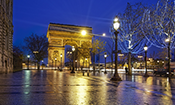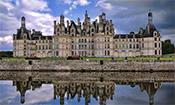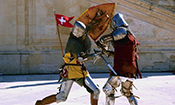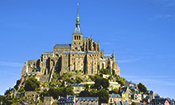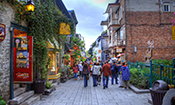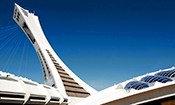- HomeWelcome
-
LearnAbout Us
- Our Approach
-
Our Team
- Abbie Andrew
- Andréanne Annis
- Angela Barnhart
- Megan Bendiksen
- Colin Burke
- Amber Burks
- Sarah Cole
- Wenyi Chu
- Evan Czyzowski
- Robert Delorie
- Peggy Durbala
- Our News
- Our Travel Insurance
- Our Cancellation Policy
- Our Scholarship Fund
-
EXPLOREOur Destinations
- TRAVELMake it happen
- MANAGEYour Trip
- CONTACTCustomer Care
Saint-Malo: La Cité Corsaire

Travel Guy
Corsaires & Privateers
The Corsaires were French Pirates who operated with a permit from the king. Conditions for a permit were simple enough: only attack enemies of the king and donate some of the "booty" to the kings coffers. The permission was in the form of a letter, called the "Lettre de course", which is how they got the name.
The English king had an equivalent arrangement with his pirates (as did the American Revolutionaries), but their "legit" pirates were called Privateers.
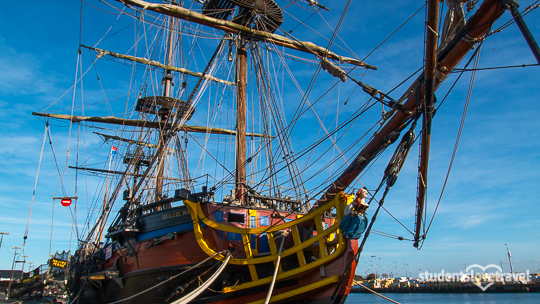
How did Saint-Malo become home of the Corsaires?
It was no accident. Bishop Châtillon wanted to grow Saint-Malo rapidly in the 12th century so he offering tax exemptions to sea merchants and granted rights of asylum to pirates. The cities reputation as a safe haven for pirates spread quickly, and as did it's coffers. This made the city a target for attack by the English, and that's why it's so heavily fortified.
So Saint-Malo was a safe haven for French pirates operating on the English Channel long before the king decided to issue permits in the 16th Century.
Who was Saint Malo?
Before Bishop Châtillon developed Saint-Malo into a fortified city it was a rocky island with a monastic site established by Saint MacLou (Wales) and Saint Brendan (Ireland) in the 6th Century. Maclou became Malo over time.
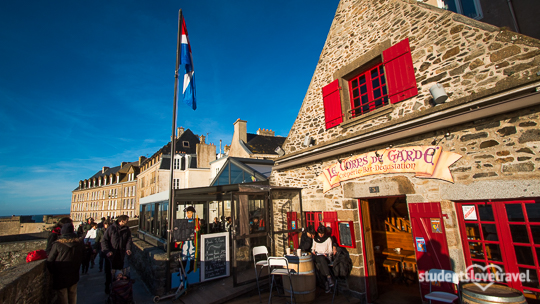
What's the connection with Canada?
In 1534 Jacques Cartier of Saint-Malo was commissioned by the king to find a western passage to Asia. After 20 days sailing he found himself exploring what is currently Newfoundland and the Gulf of Saint Lawrence.
Convinced he had found Asia, he planted a large cross bearing the words "Long Live the King of France" on the shore of Gaspé Bay and returned to France.
What's the connection with Quebec City?
Cartier returned to France with two sons of the Iroquoian chieftain he encountered at Gaspé Bay (there is some dispute as to whether the chieftain sent them or whether they were taken as prisoners).
The two natives accompanied him on his return voyage and helped him navigate the Saint Lawrence river to a small Iroquois village called "Stadacona" where they established their base camp.
On July 3rd, 1608 Samuel de Champlain built "Habitation de Québec" near Cartier's long abandoned camp at Stadacona. The remains can be found at what is called Place Royale today.
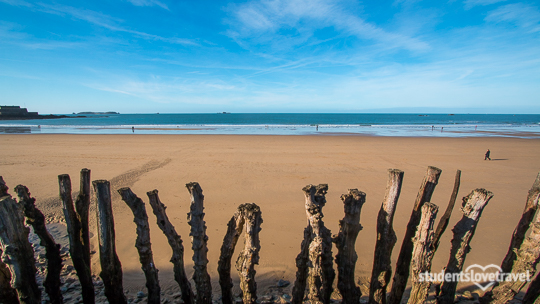
Why add it to your bucket list?
- The Ramparts
I love that you can walk around the city along the ramparts, looking out across the water or across the rooftops. Depending on how many times you stop to admire the magnificent views and buildings, how slow you stroll, how many times you take the steps down to visit a café, explore a square, or check out shops, it could take an hour to all day. - The New Old Buildings
The city was leveled by American Bombers and British Destroyers in the Fall of 1944. The defensive walls survived, but it took 12 years to return the city to it's former glory. I don't know of any other city in the world that looks like it was built in the 12th century while being less than 100 years old. - The Tide
My first time in Saint-Malo I checked into the hotel (I recommend the Mercure, it overlooks the bay) and walked across the street to admire the beach from the promenade. I remember walking towards what I thought was a 4' high stone wall only to discover that the beach was almost 40 feet below the other side of the wall. There were regular stairs along the promenade down to the beach, and when I got to the bottom the ocean seemed miles away. In fact, at low tide the ocean is over a mile away. A word of warning if the clues are not enough: Saint-Malo has the highest-tide in Europe and one of the fastest - it comes in at about the same pace as a person walking quickly. Within a few hours the ocean had consumed the entire beach and was lapping against the top of that stone wall. - The Food
My favourite square in Saint-Malo is called Place Chateaubriand, it's named after the famous writer Viscount Francois-René de Chateaubriand (who was also an ambassador for Napoleon). There are lots of great restaurants on this square and along the streets that fan out from it.
If you have a good friend (especially if you're both foodies) this is your perfect excuse to order Chateaubriand, a steak recipe created by the count's personal chef (the count shared this dish with a friend, as should you).
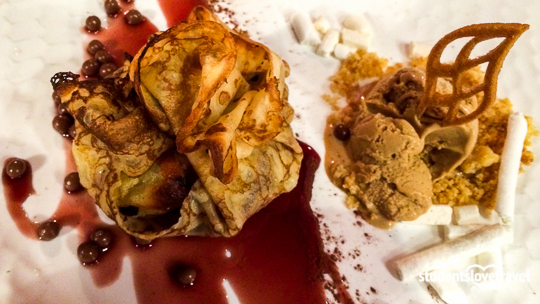
If you find yourself in Paris with a few days to spare I highly recommend an overnight in Saint-Malo (you can visit Mont-St-Michel on the second day).
- Peter
